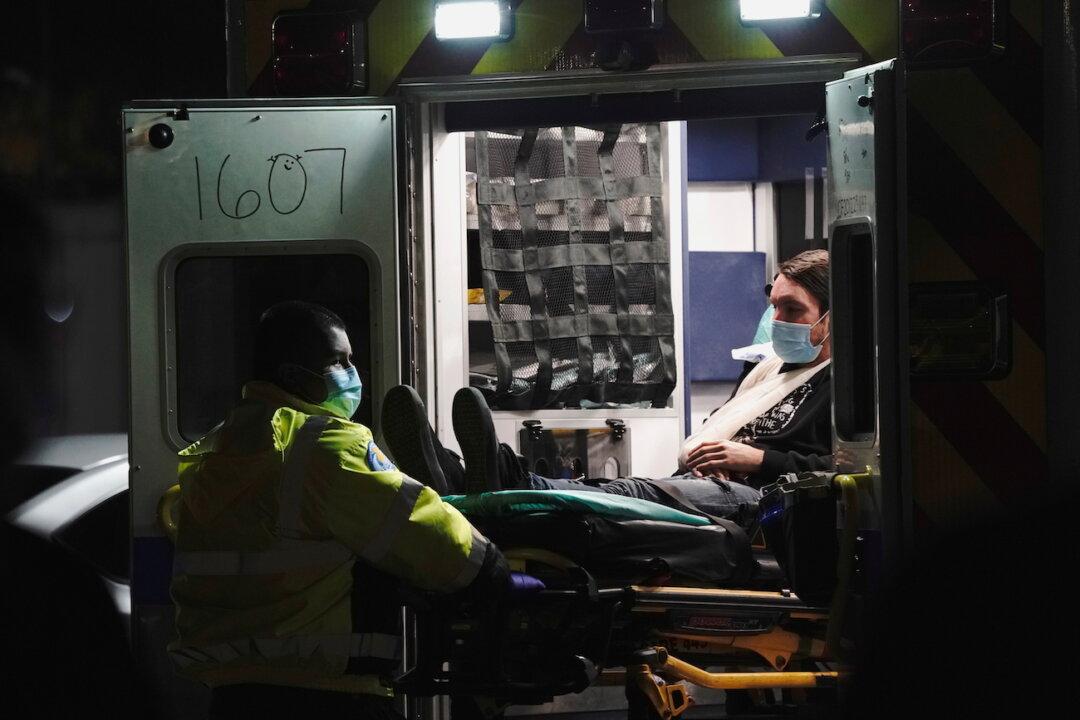“I do remember a being of light … standing near me. It was looming over me like a great tower of strength, yet radiating only warmth and love … I caught glimpses of my life and felt pride, love, joy, and sadness, all pouring into me.
“Each image was of me, but from the standpoint of a being standing with me or looking on … I was shown the consequences of my life, thousands of people that I'd interacted with and felt what they felt about me, saw their life and how I had impacted them. Next, I saw the consequences of my life and the influence of my actions.”





